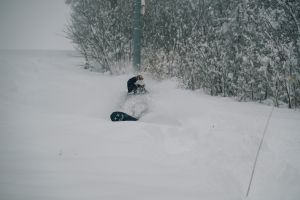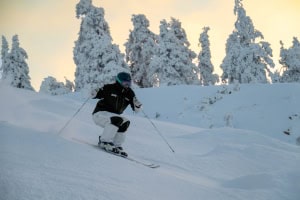Myth-Busters: Ski boot Edition – Buckle up – It’s time to Get Your Boots (and facts) Straight.
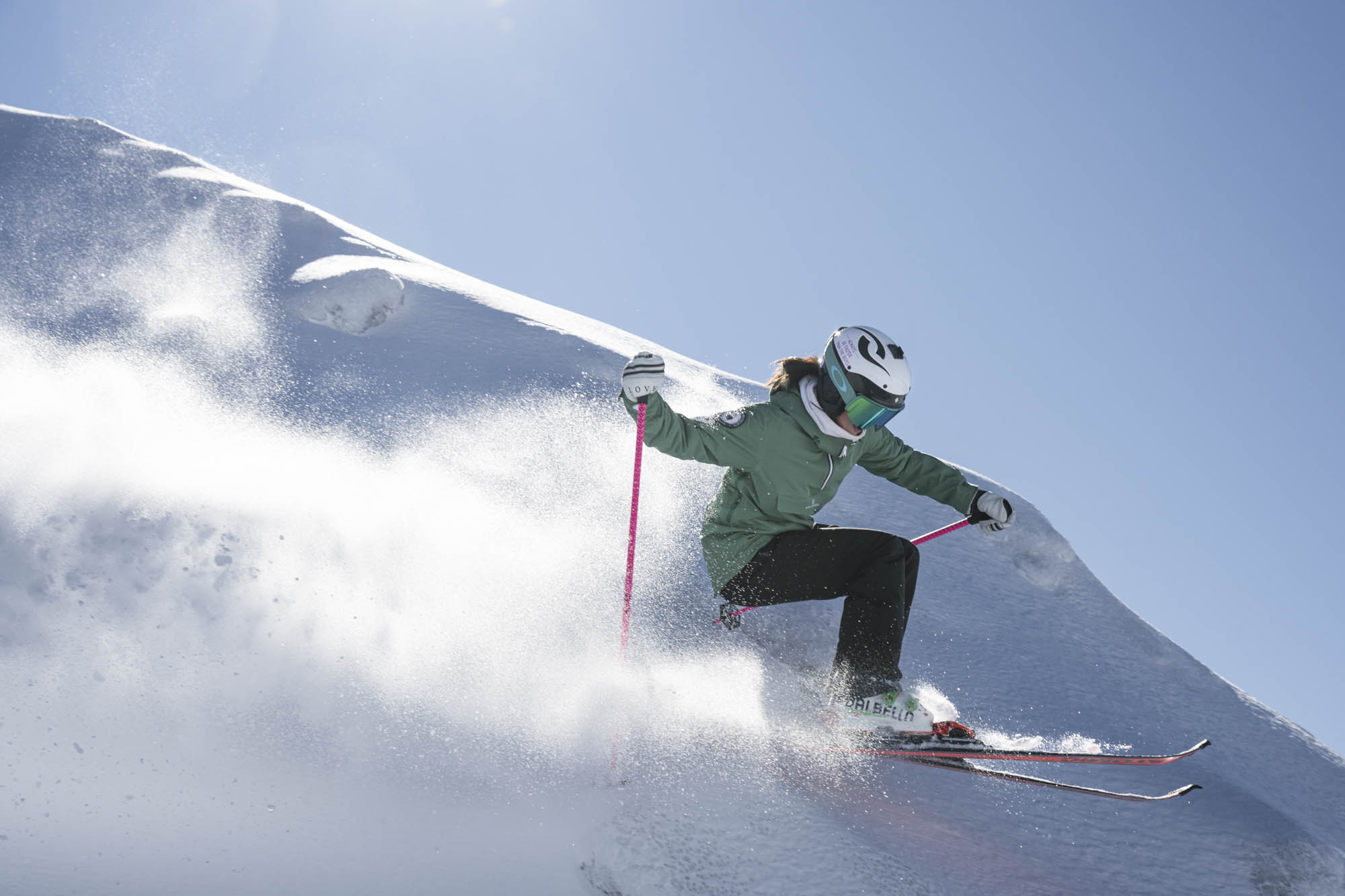
Mountainwatch |Gear Guide
When it comes to ski boots, there plenty of misconceptions about the fit, feel, flex, footbeds and pain. Some of the misconceptions have reached myth status so we have asked Ray Wills from Ortho Ski to separate the facts from the fiction.
1 Snowboard boots are more comfortable than ski boots.
Sure, snowboard boots feel like fluffy slippers in a spa day mood—but they’re built for a totally different party. Snowboarders use big muscle groups to shift weight across a flat board, so their boots can afford to be soft when walking. But a get a snowboard boot that doesn’t fit right, and the burning pain and cramping can be misery on the hill.
Skiers? We’re precision operators. We need fine-tuned control, edge pressure, and lateral movements that demand more structure. Yes, ski boots are stiffer—but that stiffness lets us dial things in, tweak for imbalances, and customise support like no one’s business. So no, ski boots aren’t less comfortable—perhaps they just haven’t been fitted right, yet.
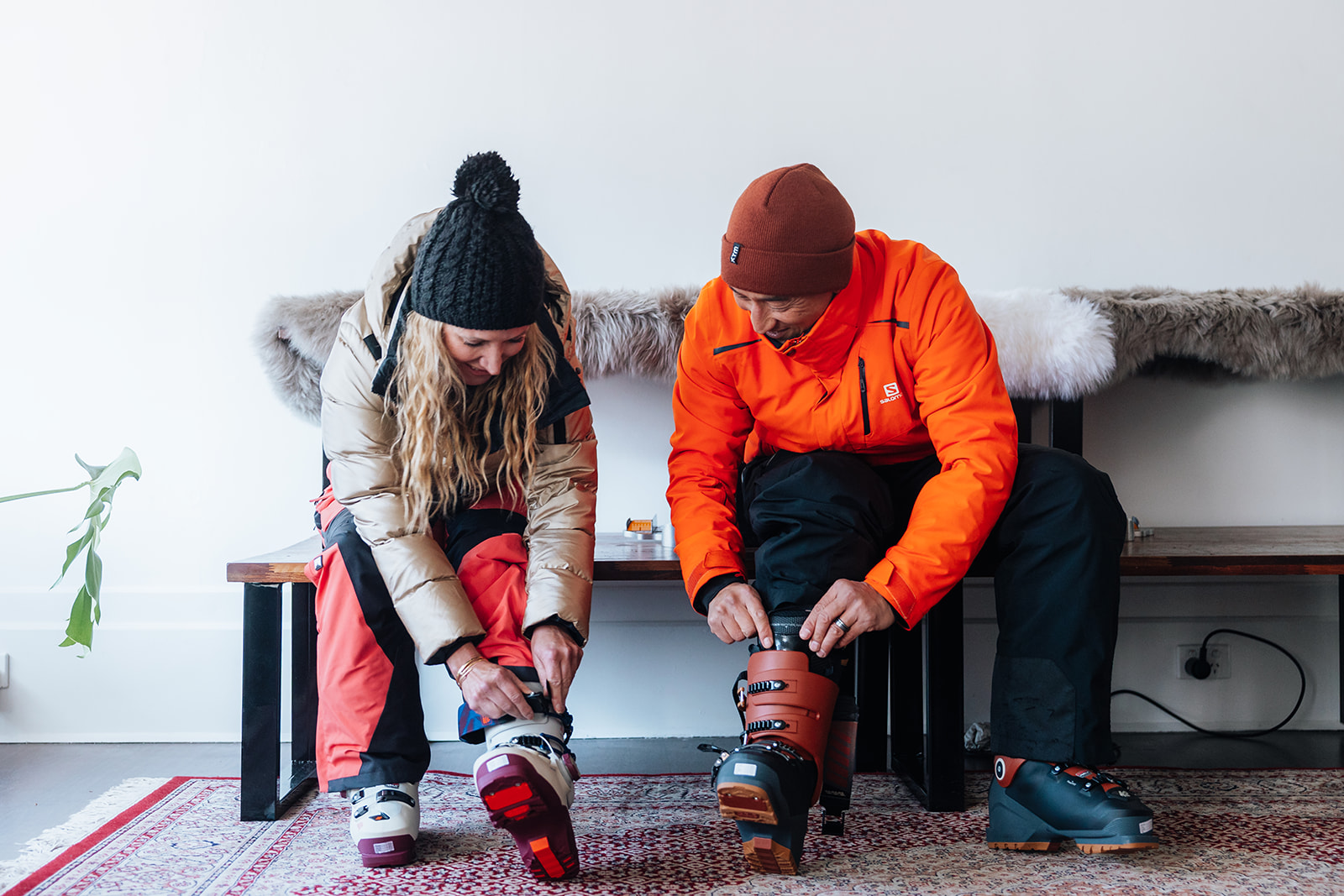
2 There’s a special way to put on ski boots.
Ah yes, the ceremonial heel smash and first-buckle prayer. Totally unnecessary.
Smashing your heel back like you’re auditioning for an action film? Not helping. If your foot needs a WWE move to get into your boot, it’s going to shift out of place the second you start skiing. Plus, no bootfitter wants a black eye because you misread the vibe. And it doesn’t matter which buckle you do up first. Just do them up ¾ tight, stand and flex your heel back into position, then re-adjust buckle tightness as necessary.
Pro tip: a well-fit boot welcomes your foot like a gentle handshake—not a flying heel kick to the boot bench (your friends will like you better without all the noise too).
3. Shin bang is caused by boots that are too stiff.
Nope, shin bang is less about stiffness and more about shoddy fit. If your boot tongue is pressing on one sad point on your shin instead of spreading pressure evenly, your shin is going to hate you.
If it were all about flex, World Cup racers in 170 flex boots would have shin splints by lunchtime—and they don’t. (And no, they’re not secretly training with Muay Thai shin kicks to bamboo in the off-season.) Fit matters.
4. You don’t need footbeds in ski boots.
And you don’t need tyres on a car either, but good luck making it to the ski hill without them.
Unless you’re in the rare structurally flat-footed unicorn club, ski orthotics or footbeds are a game-changer. Your foot evolved for walking on grass, not controlling a 6-foot metal lever in a frozen plastic casing halfway up your shin. Stabilising your foot = less squish, more performance, and less chance your arch cramp causes a tantrum halfway down Bourke Street or the Supertrail. We’ve got so much more to say about this here.
And if you’ve ever had a boot punched out for your little toe and it still feels squished after? That’s your foot sliding around like it’s on a dancefloor. Stabilise it with a ski orthotic. Thank us later.
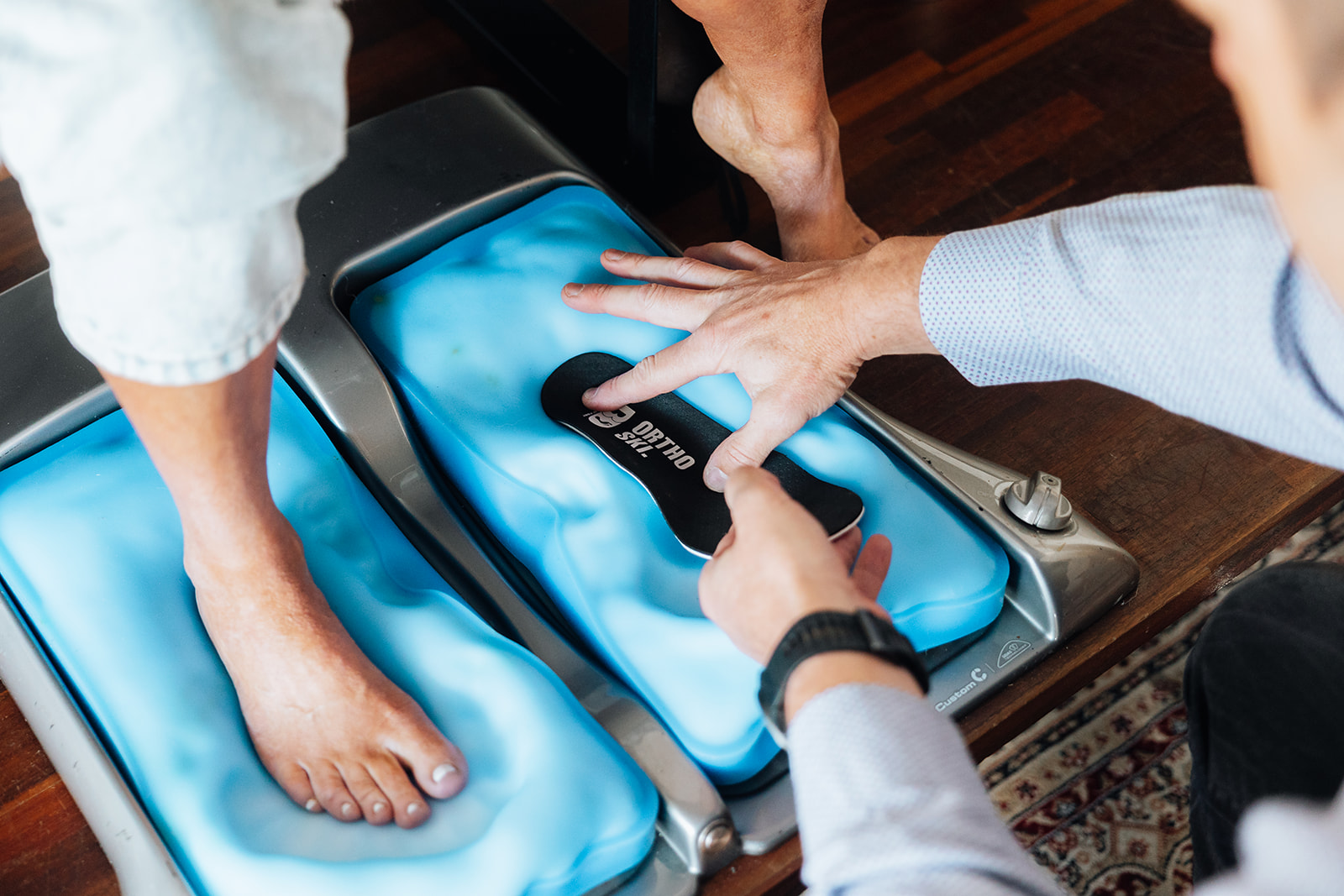
The Takeaway?
Ski boot myths are as common as goggle tans—but most of them don’t hold up to scrutiny. Whether it’s snowboard boot envy, dodgy fitting rituals, shin pain mysteries, or footbed resistance, the truth is: ski boots can and should feel good.
A proper fit, good technique, and a bit of boot wisdom go a long way. So next time you hear someone repeating one of these tall tales in the lift line… you’ll know better (and maybe even be kind enough to share the good word).
Because happy feet = happy skier. Always.
